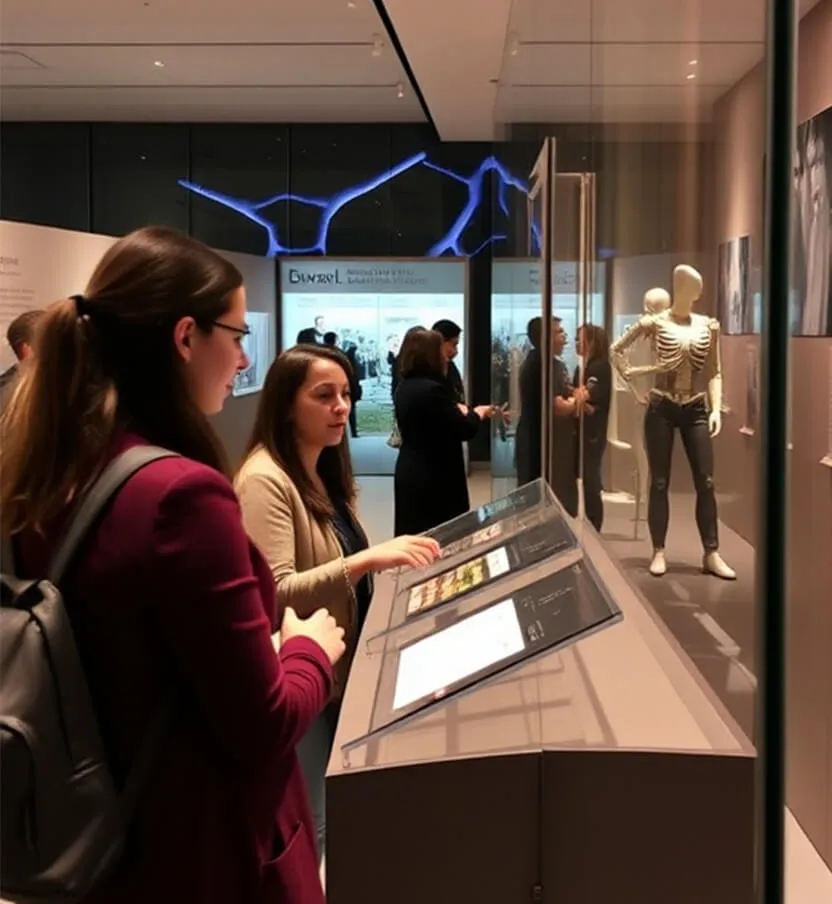
The Rise of Destination Animal Parks: A New Bridge Between Humans and Wildlife
In recent years, travellers are seeking something more than sightseeing—they want connection, meaning, and inspiration. Destination Animal parks—special wildlife reserves, sanctuaries, and immersive animal parks designed for education, conservation, and ethical wildlife interactions—are emerging as powerful places where people can deepen their connection to the natural world. These parks offer more than the usual zoo or safari; they provide spaces where wildlife welfare, visitor learning, and local livelihoods intersect in exciting ways. Read More: Beyond High-Fructose: Why Organic Glucose Syrup is the Clean-Label Sweetener You Need
What Makes a Destination Animal Park Special

A Destination Animal park is characterized by several key features:
- Naturalistic habitats or near-natural enclosures that attempt to mimic wild settings. Research shows that visitors are most satisfied when animals are behaving naturally, when visibility is good, and when biodiversity is high. ScienceDirect+2MDPI+2
- Interpretive education: guided tours, interpretive displays, animal ambassador programs, where visitors can learn not just observe. The use of animal ambassadors has been found to increase empathy, conservation knowledge, and motivate pro-environmental behavior. MDPI
- Ethics and welfare at the core: ensuring that animals are not exploited, that interactions are non-invasive, that enclosures minimize stress, and that visitor behavior is managed. Recent studies point out that visitors expect high welfare standards in these parks. MDPI+1. Read More: Beyond High-Fructose: Why Organic Glucose Syrup is the Clean-Label Sweetener You Need
These elements distinguish Destination Animal parks from older models of captive animal display or exploitative wildlife tourism.
Visitor Experience and Psychological Connection

Visiting a Destination Animal park can trigger powerful emotional and psychological responses. According to recent research:
- Seeing charismatic species—especially large predators—dramatically raises visitor satisfaction. In Kruger National Park, for example, visitors were drawn especially to transects where chances of seeing lions and leopards were high. ScienceDirect. Read More: Heart Health: A Guide to Maintaining a Healthy Heart
- Animal-visitor interactions (as long as they are ethical and non-invasive) can encourage conservation actions. A study in Fota Wildlife Park showed that interactive experiences with tigers improved awareness of threats the species faces and inspired visitors toward conservation behavior. MDPI
- Visitors who are more aware of nature, ecology, and wildlife issues tend to value natural encounters more than forced ones. Giving information, setting expectations, and offering chances to see wild animals in more casual or unpredictable contexts often leads to deeper satisfaction. Emerald+1
In essence, Destination Animal parks are not just about seeing animals—they are about feeling part of something bigger, understanding ecosystems, and awakening our responsibility to protect them.
Conservation, Community, and Sustainability

The purpose of a Destination Animal park goes far beyond visitor pleasure. There are important benefits to wildlife, local people, and the planet.
- Revenue for conservation: Park entrance fees, guided tours, and sustainable tourism help fund anti-poaching work, habitat restoration, species monitoring. Wildlife tourism in many places is a major lifeline for endangered species. Study Tourism+2ScienceDirect+2
- Education & awareness building: Informative signage, ambassador animals, digital displays—all these tools help visitors understand threats like habitat loss, climate change, or human-wildlife conflict. Research shows that people leave more committed to conservation when they are educated in the park setting. MDPI+1 Read More:Heart Health Secrets: How to Protect Your Heart Naturally
- Benefit for local communities: Jobs in guiding, hospitality, animal care; income for communities—these are part of many successful parks. When communities see direct benefit, they become partners in conservation. Study Tourism+2Study Tourism+2. Read More : Infectious Diseases and Vaccination: Exploring the Latest Developments
- Sustainability and ethical frameworks: The best Destination Animal parks are adopting best practices: limiting visitor numbers, ensuring animal welfare, using technology like camera traps and drones for monitoring both wildlife and human impact. Recent studies highlight multi-perspective monitoring as key to managing human-wildlife coexistence. arXiv. Read More : 7-Day Healthy Food Meal Plan to Boost Your Energy and Health
Ethical Challenges and How to Handle Them

Even for the best intentioned Destination Animal parks, there are challenges. To connect with wildlife responsibly, parks must address:
- The “visitor effect”—how presence of people changes animal behaviour. Loud noises, overcrowding, bright lights, or constant human-animal contact can stress animals. Studies (e.g. Sherwen & Hemsworth) show that visitor effects can be negative, neutral, or positive depending on enclosure design, species temperament, and visitor management. MDPI
- Guaranteeing that animal-visitor encounters do not exploit or harm the animals. Ethical guidelines, non-invasive interactions, trained staff, and wellbeing metrics are needed. Research on animal ambassadors stresses that the interactions must be well structured and supervised. MDPI+1
- Balancing possibility of wildlife sightings with natural unpredictability. Visitors often expect guaranteed animal sightings, but ecosystems are living, changing systems. Transparency about what visitors can realistically expect helps reduce dissatisfaction. Emerald
Technology and Innovation in Destination Animal Parks

Innovation is helping make Destination Animal parks more enriching and more responsible.
- Use of camera traps, drones, and AI for monitoring wildlife populations, human incursion, habitat changes. A recent study in Nepal’s Chitwan National Park used camera traps plus thermal drones to monitor and model human-wildlife interactions, helping park authorities plan better. arXiv
- Digital apps, interactive displays and live streams allow visitors (and even people far away) to follow animal behavior, learn about conservation in real time. This supports inclusion and community participation in conservation even beyond the park boundary. dwt.world+1
- Animal ambassadors and educational programmes are being reimagined: using flagship species Tethically, focusing not just on charisma but also on often underappreciated species to broaden conservation awareness. MDPI. Read More : Exploring Exclusive Perks with Amex Travel: What You Need to Know in 2024

